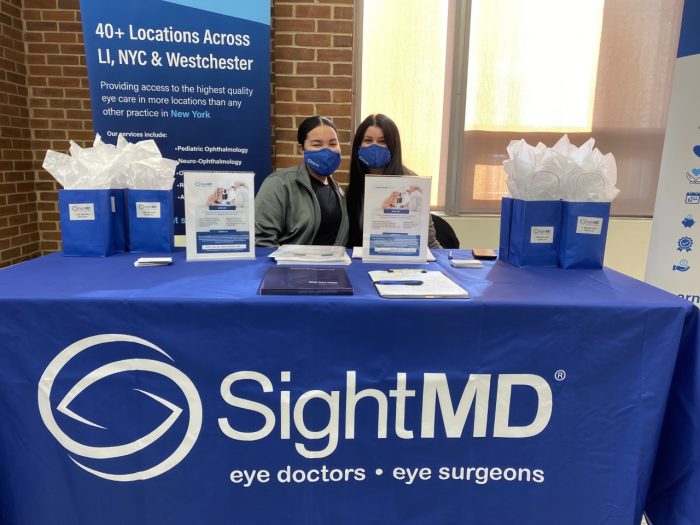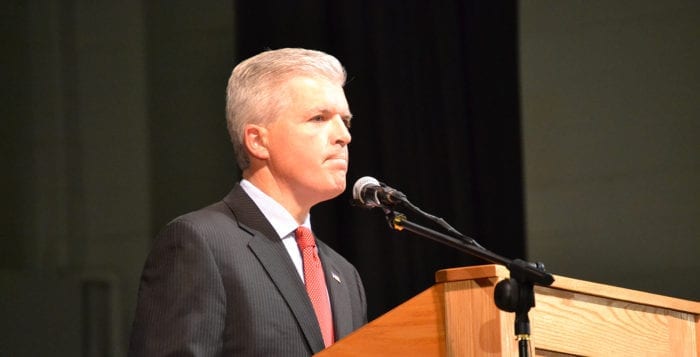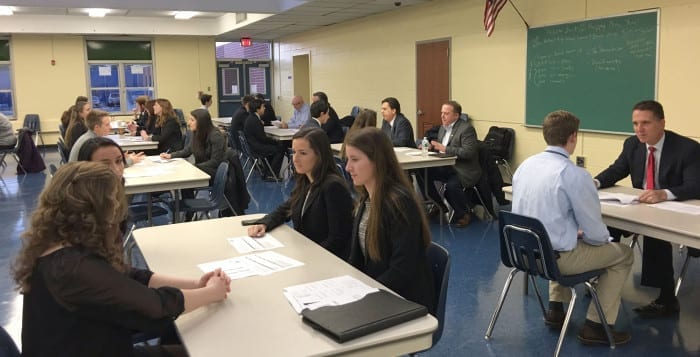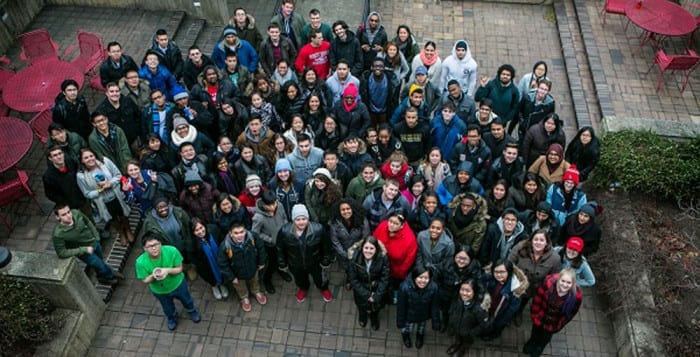By David Luces
Suffolk County has been working toward reducing inmate populations through programs to give people who have been incarcerated a new lease on life.
On Jan. 2 county officials announced the completion of the Suffolk Fresh Start program which has helped assist more than 100 formerly incarcerated individuals find employment after their release.
Over the past two years, after receiving a $489,901 grant from the U.S. Department of Labor, the county’s Department of Labor has administered Suffolk’s Fresh Start program with the county’s Sheriff’s Office and Eastern Suffolk BOCES. Its main goal was to try and provide employable skills and vocational training to incarcerated individuals.
‘Having gainful employment is one of the factors that can reduce recidivism.’
— Errol Toulon
County Executive Steve Bellone (D) said in a press release the county has created a successful criminal justice model to reduce recidivism and protect taxpayers.
“This program is giving people a second chance to become productive members of society, strengthening families and saving Suffolk taxpayers millions,” he said.
More than 350 individuals were enrolled in the Fresh Start program where they were given resources and training to address any possible barriers to employment. They were also registered with the county’s One-Stop Employment Center in Hauppauge.
The employment center supplies job-seeking individuals with the tools necessary for a self-directed or staff-assisted job search. There they can receive help with creating or editing résumés, navigate the internet for potential jobs and be interviewed by prospective employers on-site.
“The program has changed people’s lives,” said county spokesperson Derek Poppe.
Since 1999, New York State’s prison population has declined by 35 percent, according to a report from the New York State Department of Corrections and Community Supervision released Jan. 1. The report said since 2011, the state has eliminated 5,500 prison beds and closed a total of 13 correctional facilities. The number of male inmates in maximum security prisons has been reduced from 24,151 in 2009 to 20,173 in 2019.
Suffolk has two jail facilities. One is the Riverhead facility which was intended to hold 529 inmates in maximum security cells and 240 in medium security cells, according to a 2008 county report. The facilities in Yaphank included a minimum-security jail that had cell space for 504 inmates, and a DWI Alternative facility for 54 inmates.
Since 2010 the county’s jail population has decreased drastically. Newsday’s data on Long Island’s jail population shows a fall from 1,609 in 2010 to 1,157 in 2016. The decrease has been mostly in inmates at the Riverhead facility.
Poppe said Bellone was against the construction of a new jail facility, and programs like Fresh Start work to keep inmates from committing further crimes.
“Many of these individuals were able to find work in the construction, manufacture and telemarketing field,” Bellone’s spokesperson said.
Even though the grant from the Department of the Labor expired in December 2018, Poppe said there are plans in place to continue the programs through internal county funds and possibly funds from the federal government.
‘This program is giving people a second chance to become productive members of society, strengthening families and saving Suffolk taxpayers millions.’
— Steve Bellone
The number of people in Suffolk’s jails is strained by a lack of corrections officers in both Riverhead and Yaphank. County Sheriff Errol Toulon Jr. (D) told TBR News Media in July 2018 the county was dealing with a large amount of corrections officer vacancies, saying at the time there were 76 positions left unfilled with 30 new officers being added as early as August that same year.
The sheriff said in a press release that Fresh Start gives county inmates opportunity and hope following incarceration.
“Having gainful employment is one of the factors that can reduce recidivism, and we are fortunate to have Department of Labor staff working with us to improve outcomes for those transitioning from jail to our communities,” Toulon said.
By repurposing existing internal funds Poppe said the county plans on having Department of Labor staffers work in conjunction with the correctional facilities in future, adding, “We want to continue to run this
successful program.”












